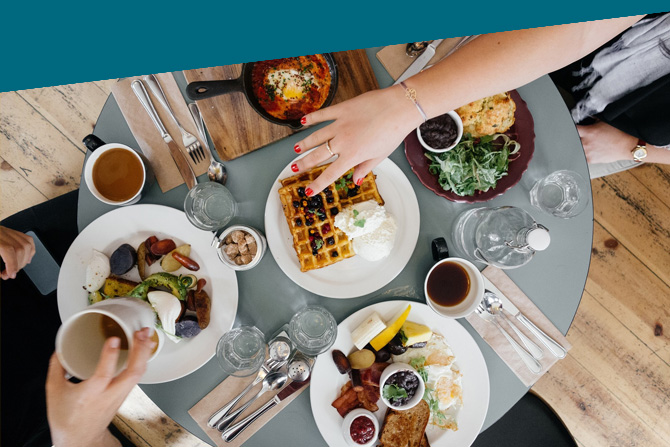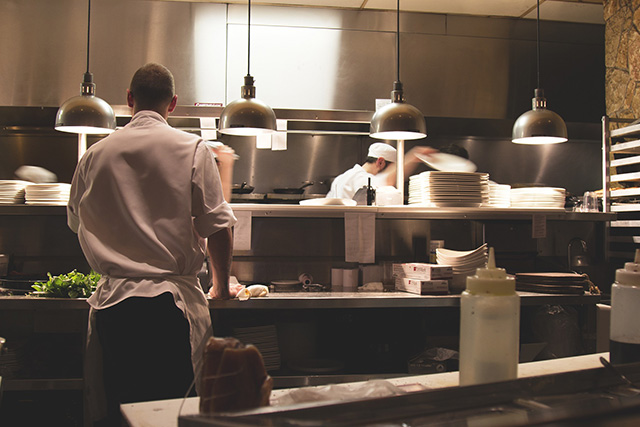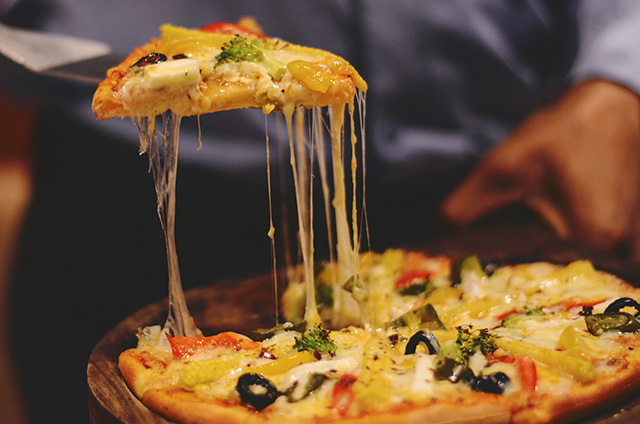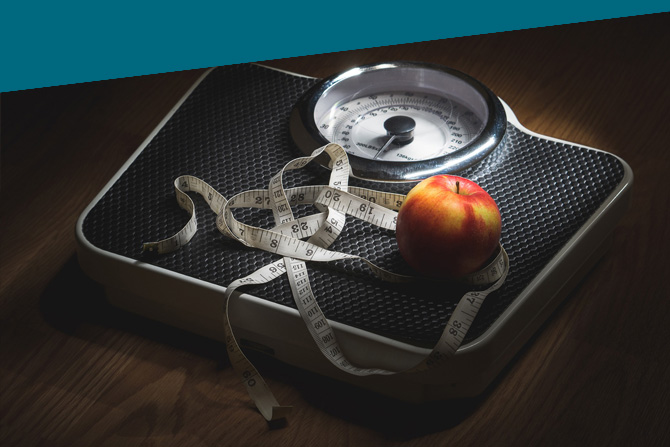How to Avoid Restaurant Food Poisoning
November 15, 2018

A Friday lunch with coworkers. A quiet dinner with friends. A quick stop at the deli. Some takeout for the family. All good times, right? And a great way to relieve stress, get out of the house and socialize.
But, anyone who has ever experienced food poisoning knows how quickly it can take all the fun out of a nice meal! Plus, the offending restaurant can be exposed to lawsuits, major financial liabilities and the loss of patrons.
It’s a problem that should be taken seriously. Studies have indicated that Americans eat outside the home about five times a week and some 48 million become ill, 128,000 end up in the hospital and 3,000 die from food-related illnesses annually.
With those stats in mind, here are some tips on how to prevent food poisoning.
Where To Eat

Restaurants certainly offer convenience and culinary experiences from the basic to the gourmet level. However, you don’t have the same control over what gets or goes into your food as you might when cooking at home.
First of all, is the establishment clean? If you can see into the kitchen, does it look well cared for and organized? How about the floors in the dining area as well as the dishes, glasses and silverware? Is outdoor trash handled properly? Is the back door closed to keep out insects and other critters?
Looks a bit sketchy? Probably best to move on.
Here’s a quick checklist with some positive attributes to look for:
- Separation of raw and cooked foods
- Different utensils for raw and cooked ingredients
- Clean restrooms
- Clean hands, aprons, uniforms and cloths for wiping surfaces
- Buffet or self-serve items kept at appropriate temperatures
- Separate utensils for each buffet item
- Frequent replenishment of fresh items
- Guards and covers over self-serve food
Don’t forget that you can find information about restaurants and reports of past problems through the local health department. Online reviews can also be a source for finding alerts from patrons about places to stay away from.
What To Avoid

The challenge is that tainted food often doesn’t look or taste any different from food that’s fine to eat. Some foods are more likely to host the bacteria associated with food poisoning. Often, they include prepared dishes such as:
- Dairy-based desserts like custard and cheesecake
- Seafood salad, patties, stew and stock
- Casseroles, curries and lasagna with meat
- Cooked rice and pasta
- Egg-based preparations like mousse
- Coleslaw, pasta salad, rice salad, fruit salad
- Ready-to-eat sandwiches, rolls and pizza
- Large-batch preparations like salsa and guacamole
A word to the wise. Although they can be very convenient, it’s good practice to be especially vigilant about buffets and salad bars.
Other Considerations
An important factor can be how far foods have traveled. The greater the distance from source to restaurant, the greater the chance for contamination. Favoring locally grown ingredients can help avoid the risks posed by transportation.
A related recommendation is to go for house specialties. Since these popular items are consumed more often, the ingredients are more likely to be replenished more frequently. That said, “specials” in a questionable establishment can simply be a ploy to dress up ingredients that need to be used up.
Don’t be afraid to send a dish back to the kitchen if it doesn’t look, taste or smell like it should. Chances are good there may be a problem lurking, so say something.
Lastly, if you have a bad experience, report it to the health department. It’s amazing how few times this happens. But you could save someone else from the awful symptoms of foodborne illness. Keep in mind that it can take two to three days for those symptoms to appear, so you’ll need to consider whatever and where you’ve eaten during that period.
Many of these tips to avoid foodborne illness apply to home-cooked food as well. With a little knowledge and awareness, you can help ensure a pleasant experience wherever you, your family and friends gather.









